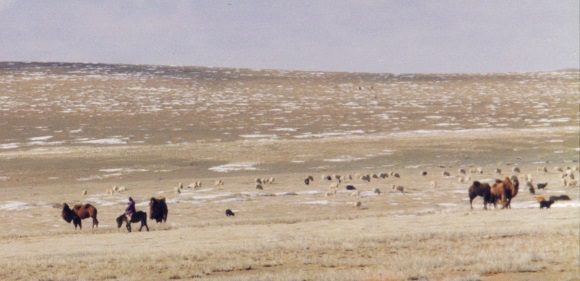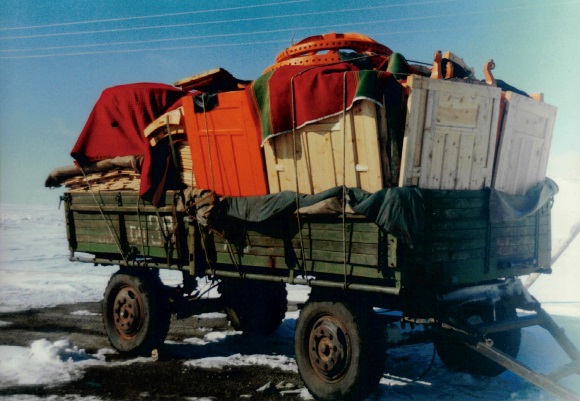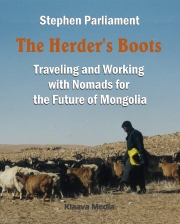Mongolia is a large, sparsely inhabited central Asian country where nomads still live in a traditional way on vast plains and foothills of mountains. The mineral rich country has large coal mines for its energy needs. Now, Mongolia has joined the Asia Super Grid electricity network in order to produce clean energy. Will ordinary Mongolians and nomads benefit from it?

Some nomads have moved to cities, some tend to stay in one place with their cattle, some move with seasons. In any case, they live outside the grid and if they want electricity, they have to produce it themselves – which they do, because they also want to watch television and charge their mobile phones.

While this is a great initiative for clean energy and balancing Mongolia’s state budget, it doesn’t bring much to the nomads. Small moveable solar power stations would support nomad lifestyle, but their prices tend to be high.
Read more about Mongolia in the book The Herder’s Boots. 
